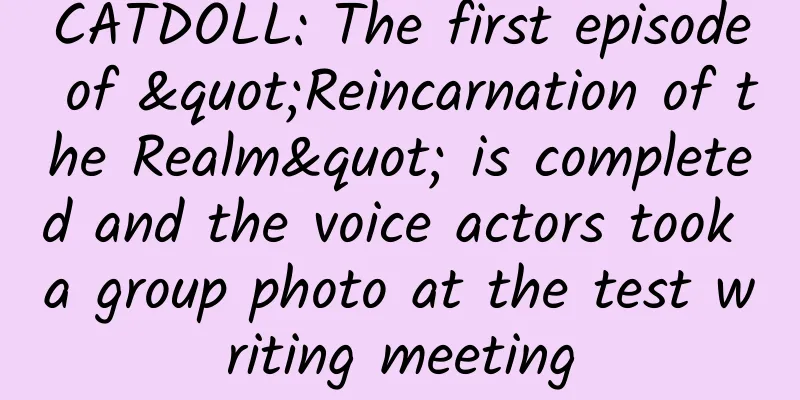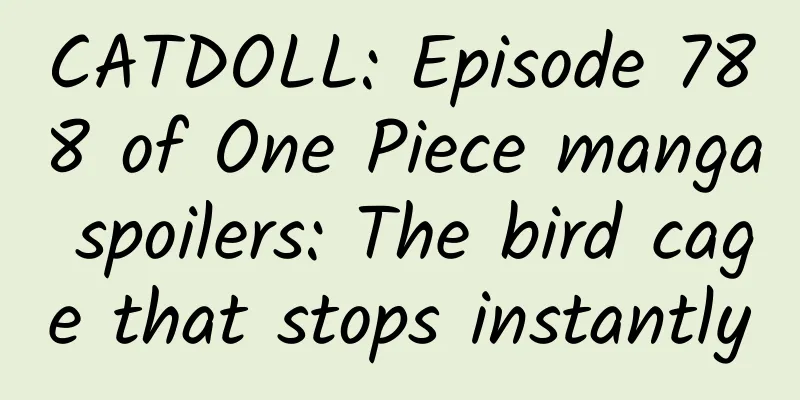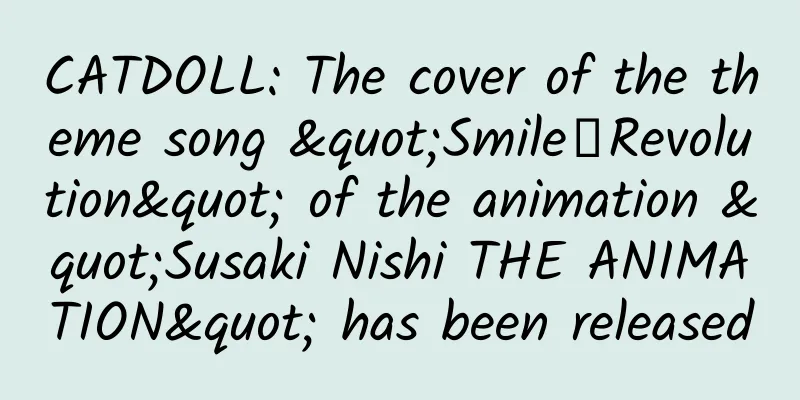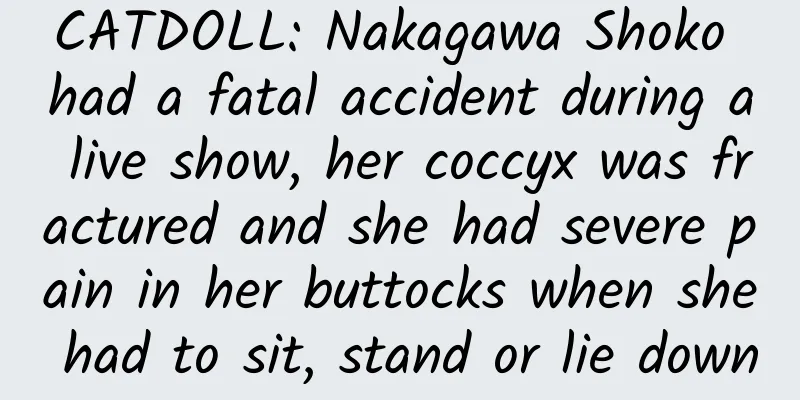CATDOLL: Industry insiders reveal: Government subsidies may be the cause of widespread plagiarism in Chinese animation

|
It is not new that domestic cartoons are full of plagiarism. In 2007, "Big Mouth Dudu" was accused of plagiarizing "Crayon Shin-chan", and in 2008, "Golden Armor Warrior" and "Ultraman" have many similarities. If these two are controversial, the 2011 "High Speed Rail Man" plagiarized the Japanese animation "Tie Gu Train Man" to the point of being naked, even the Japanese food "rice ball" was copied without any changes. In the past few years, it was still plagiarizing Japanese animation, and now it has copied Disney, such as the previously hyped "Transformers". Many people find it strange, why are some domestic animations keen on plagiarism? Accompanying plagiarism is the obvious shoddy workmanship. In the past 10 years, the only well-known domestic animations to the public, apart from "Pleasant Goat and Big Big Wolf", are probably "Boonie Bears" in the past two years. This phenomenon has attracted people's attention for a long time. According to industry insiders, animation companies often plagiarize in order to get government subsidies. China's animation industry started late and is subject to many regulations. The level of animation is still far behind that of the United States and Japan. Since 2004, many departments including the Ministry of Finance, the State Administration of Radio, Film and Television, and the State Administration of Taxation have successively issued regulations to vigorously support domestic animation with tax incentives and subsidies, and restrict the broadcast of imported animations, allocating prime-time broadcast resources to domestic animations. In a short period of time, a large number of animation industry bases were established across the country, and animation funds were established from the national to the prefectural governments. "Animation Festivals" also sprang up like mushrooms after rain. The government's rules for supporting the domestic animation industry are mostly based on the standards of output, technical level, broadcasting platform, and awards. For example, many provinces and cities have subsidy standards for local animation companies: 500 yuan/minute for 2D animation broadcast by local TV stations, 1,000 yuan/minute for 3D animation, with a maximum limit of 1 million yuan; double the amount for broadcast on CCTV, with a maximum limit of 2 million yuan. For another example, the subsidy standard for local animated films by the Xiamen Municipal Government is 3,000 yuan/minute for broadcasts in national theaters and CCTV movie channels, 1,500 yuan/minute for broadcasts in regional theaters, and a one-time bonus of 200,000 yuan for winning the Excellence Award from the State Administration of Radio, Film and Television. With such incentives, it is not difficult to understand the next actions of the companies. According to industry insiders, it costs about 400,000 yuan to produce a 30-minute medium-to-high-quality animation. If it is a crudely made copycat animation, the cost is much lower, and even 10,000 yuan per episode can be made into a film. The unit cost of a long-form animation is much lower than that of a short work, and the production cost of a 3D animation is not much higher than that of a 2D animation. Through water injection, delay and conversion production, subsidies can be obtained at a very low cost. In order to obtain subsidies, many animation companies use various means to appear on CCTV, provincial TV stations, and theaters, and they don’t care about the ratings. This is easy to understand why cartoons nowadays have hundreds of episodes, why TV stations broadcast children's cartoons at midnight, and why some cartoons disappear after being broadcast. According to the subsidy policy, as long as cartoons appear on TV stations, they can basically rely on subsidies to break even. If the series is long enough and the broadcast platform is higher, they can make a fortune without considering market factors. This mechanism also induces TV stations to become accomplices with enterprises in sharing the subsidy "Tang Monk meat". According to media reports, many animation company bosses privately complained that no one wanted to broadcast the films for free on TV stations, but instead they had to pay for them and even give some personal benefits. The animation industry also hides a lot of corruption. In 2004, the year of Chinese animation, the output was less than 4,000 minutes. In just a few years, the output jumped to the first place in the world, reaching 260,000 minutes in 2013. Since 2014, due to the reduction of subsidies by local governments, the output of animation has dropped sharply to less than 200,000 minutes. These data are inconsistent because a large number of animations are not broadcast at all. Most of them only "show up" on local TV stations or the Internet and are hastily put into storage, without the audience's chance. Many of the ones that remain on the screen are shoddy products with simple scripts, boring stories, poor pictures, and a lot of water injection to increase the length. In order to save costs, many companies directly copy the plots and storyboards from foreign animations and use simple 3D technology to convert and produce them. It is not difficult to guess why Autobots and Cars look so familiar. For a long time in the past, it was assumed that only old and declining industries would receive subsidies. No one would have thought that in today's market, emerging industries such as animation, games, and new energy would also be able to gain popularity with government subsidies. This new problem needs to be solved urgently. |
<<: CATDOLL: DC launches first female hero animation "Vox" trailer released
Recommend
CATDOLL: Anime Starry Sky Evening News: The live-action drama "Prison School" perfectly reproduces "One Piece" Nami is suspected of being stripped
Good evening, everyone. It's time to complain...
CATDOLL: "Saint Seiya" CG theatrical animation confirmed to be introduced in China
The classic animation "Saint Seiya" fro...
CATDOLL: European and American otaku complain about the bad script of Japanese anime and say that watching "Naruto" is a waste of time
Japanese anime plots often have a lot of foreshad...
CATDOLL: The OP song of the second season of the July new show "Non-Sensitive Daily King" will still be sung by nano.RIPE
The TV animation "Natural History: Repeat&qu...
CATDOLL: "Danganronpa 3: The End of Hope's Peak Academy" TV animation character design released
The second season of Danganronpa, Danganronpa 3: ...
CATDOLL: New promotional images of "Attack on Titan" revealed, second season to start in 2016, second part of the theatrical version to be released in June
"Attack on Titan" has been very popular...
CATDOLL: Introduction to the movie version "MINT the Movie"
MINT, an original theatrical work set in near-fut...
CATDOLL: Newtype's October popularity ranking is announced, and King Hong A wins the title
It's time for the Newtype popularity rankings...
CATDOLL: Warring States generals appear in TV animation "Sengoku Musou" character design pictures released
Recently, the new winter TV animation "Samur...
CATDOLL: The latest text information of "One Piece" animation: Luffy in the fourth gear tears Mingge apart
After Luffy activated the "Gear 4" mode...
CATDOLL: October new show "There is a corpse buried under Miss Sakurako's feet" Yuriko's character design is announced
The TV animation "Miss Sakurako's Body B...
CATDOLL: Special effects artist of "Attack on Titan": Don't compare Japanese works with Hollywood
"Attack on Titan" has always been a hot...
CATDOLL: The first preview image of "Online Game Wife Can't Be a Girl" was released
The highly anticipated new April anime "My G...
CATDOLL: The impressive scene of "The Cooking Master Boy" and the superb glowing dishes
The classic food cartoon "The Cooking Master...
CATDOLL: April series "Punch Line" releases first episode trailer
The original animation "Punch Line" wit...









